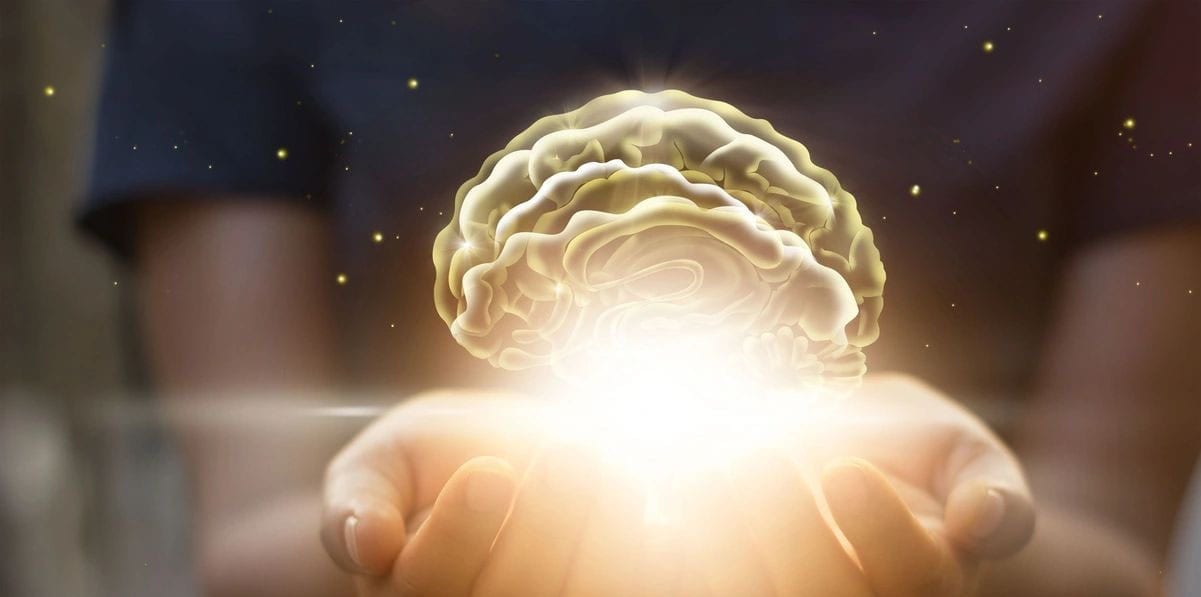Solving the Leadership Crisis with Neuroscience
Traditionally, managers learned how to manage through experience. Over the years, they honed their skills and learned how to motivate and direct the work of others. But things are changing. Baby Boomers– with their years of experience and expert knowledge – are leaving the workforce in large numbers. Estimates say that 10,000 boomers leave the workforce each day. As an entire generation leaves the workforce, there simply isn’t time to develop leaders in the traditional way. Many younger people will be thrust into leadership positions before they are ready. They will have to learn on the job, and make mistakes with major stakes on the line. The consequences could be disastrous for their team, their organizations, and the leaders themselves. Malcolm Gladwell coined the “10,000-hour rule” to explain this path toward mastery in any field. However, many Gen Y/Millennials will be promoted to management and leadership positions before they have acquired their 10,000 hours of experience.
There are a number of factors which contribute to the impending lack of leadership experience; but I’m going to focus on one: the lack of critical thinking skills necessary to perform at the managerial level and above. Critical thinking skills include analysis, problem solving, decision making, researching, and extrapolating information to predict future outcomes. Sadly, these are not skills that are generally taught in post-graduate business programs.
Linking Neuroscience to Training
Thanks to functional magnetic resonance imaging (fMRI) and other techniques, we know much more about the brain than we did when the Boomers were first entering leadership ranks. However, professionals in education and corporate training are still struggling to find ways to apply these concepts to develop their leaders. That’s why I’ve developed the LEADS model to create rich, experiential learning that can accelerate the development of leadership skills. The model extracts some of the most important things we know about how the brain learns, and delivers it in ways that can be incorporated into any leadership development program.
The LEADS Model of Leadership Development
LEADS is a model of Leadership Development for the Millennial era. The LEADS model is based on what leaders need to know/do and how the brain learns. The model applies recent discoveries about the brain. Here is a brief overview of the most basic concepts.
L = Learning to Learn
According to Computer World, the world’s available data will increase 50 times by 2021. Once reserved only for students who were struggling, learning to learn is now a standard part of the curriculum in some schools. John Kotter warns that most leaders are not prepared to keep up with the “exponential rate of change” that is only going to accelerate each year. If your leaders have not yet been exposed to “how to learn,” this is the first place to begin.
E = Empathize
Empathy is a critical ability that helps us see the world from the perspective of others. While it may seem that the concept of empathy is counter to the brain’s bias for individual survival, man’s ability to understand, care for, and protect fellow humans is a key factor in our survival as a species. In today’s world, empathy is seen as a critical leadership capability. Sadly, our digital lives often place us a distance from others, making it harder to connect and relate on a human level. Empathy is a skill we can no longer assume; it must be taught.
A = Analyze
While our digital tools make it much easier to acquire information today, that is not the same as being able to apply it to solve a problem or develop a strategy. Today’s leaders need to know how to extrapolate information into meaningful conclusions and use those conclusions to guide action and achieve a vision.
D= Discover
Curiosity comes naturally to human beings because it helps keep us ahead of the competition in the survival game. The willingness to discover new things has led to some of the greatest achievements of our species and it is a critical skill for leaders of all eras. Unfortunately, many children lose this sense of wonder when they go to school. With so many disruptive technologies coming our way, the ability to embrace uncertainty and welcome exploration is a critical skill. We must find a way to re-ignite a passion for discovery.
S = Survive
Your brain works the way it does for one primary reason – to keep you alive. Over time, we evolved strategies and behaviors that enabled our species to solve problems, recognize patterns, form communities and do all the things that ensure our survival. The primary concern of all leaders is to ensure that the enterprise successfully competes and survives. Leaders must know how to compete in today’s changeable business climate and build strategies that lead to the long-term survival of the organization, and that means tapping into the brain’s innate survival strategies. By weaving the core LEADS skills into your existing leadership training, you can develop a richer learning experience, one that builds critical thinking skills along with more traditional task‑based skills.

Recent Comments